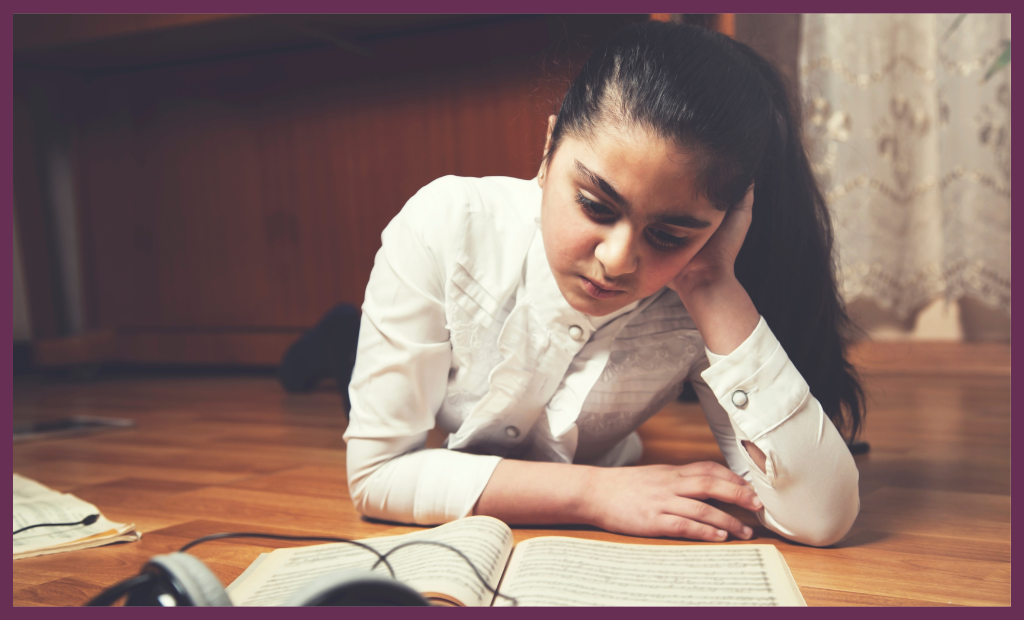Three simple suggestions for choosing effective songs
Singing with 3-7-year-olds
Nowadays, there are so many songs available to use with young learners, how do you know whether the song you have chosen to share with your children contains educational impact and value?
Here are three suggestions to help you assess the educational value of a song. Once you become familiar with these aspects you’ll find it’s really straightforward – simple even – to choose songs that will have an instant positive impact on your children. This skill becomes easier the more you use it, so that, in a short amount of time, you’ll find you’re soon confidently able to judge the educational value of a song in the blink of an eye!
1: Does the song-structure reflect the most recent research findings?
When choosing songs for educational purposes, it’s always good to keep an eye on what the most current research findings are in relation to children’s musical development. For example, recent research into neuroscience has uncovered the ways in which children’s developing brains make connections; the more enjoyably repetitive a song is, the stronger those connections become. So, in simple terms, a song for 3 to 7s needs to incorporate several repetitions – perhaps to the pitch-patterns, the rhythms, the lyrics, or even all three at once!
2: Is the delivery of the song going to be easy or complicated?
It is important to visualise in our minds exactly how we are going to deliver this song to the children before we share it with them. For example,does it have a happy premise? So should we adopt a bright expression and a big smile before we start singing? Or does it incorporate actions that we need to prepare, so that we’re confident we can deliver them with rhythmical security? Or, do we need a prop, picture or instrument to help the song come to life? Good preparation is the secret to success!
3: What sort of language is used in the song?
Children love ‘playing’ with language. They love the sound of syllables and joining them together to make meaningful (or nonsensical) words. Bearing in mind every song requires the participants to process both melody and lyrics at the same time, we need to be careful not to overwhelm the children with too many unfamiliar terms. Therefore, while a song can introduce one or two longer words that the children may not initially be familiar with, it also needs to include simple vocabulary, set to a melody that is easy to follow. Furthermore, the language and melody line also need to be musically intuitive – for example, if the lyrics mention climbing up a hill, then the pitch of the melody should mirror this by also climbing higher in pitch. This subtle ‘directing’ serves to reinforce the children’s learning in so many areas all at once!
We need to be careful not to overwhelm the children… a song needs to include simple vocabulary, set to a melody that is easy to follow
To summarise:
- Does the song-structure reflect current research findings?
- Is the song-premise easy to deliver?
- Does the song-content use easy, accessible language?
Dr Clare Seymour
Clare has spent much of her professional career (over 30 years) in international settings. Part of her Doctoral research involved exploring the often hidden aspects of institutional racism. As a result she has a longstanding interest in, and passion for, promoting positive Diversity.
In addition to school music-teaching, Clare also has over 10 years’ experience working as an international music examiner – an understanding and respect for Diversity is so crucially important in every aspect of her practice.


